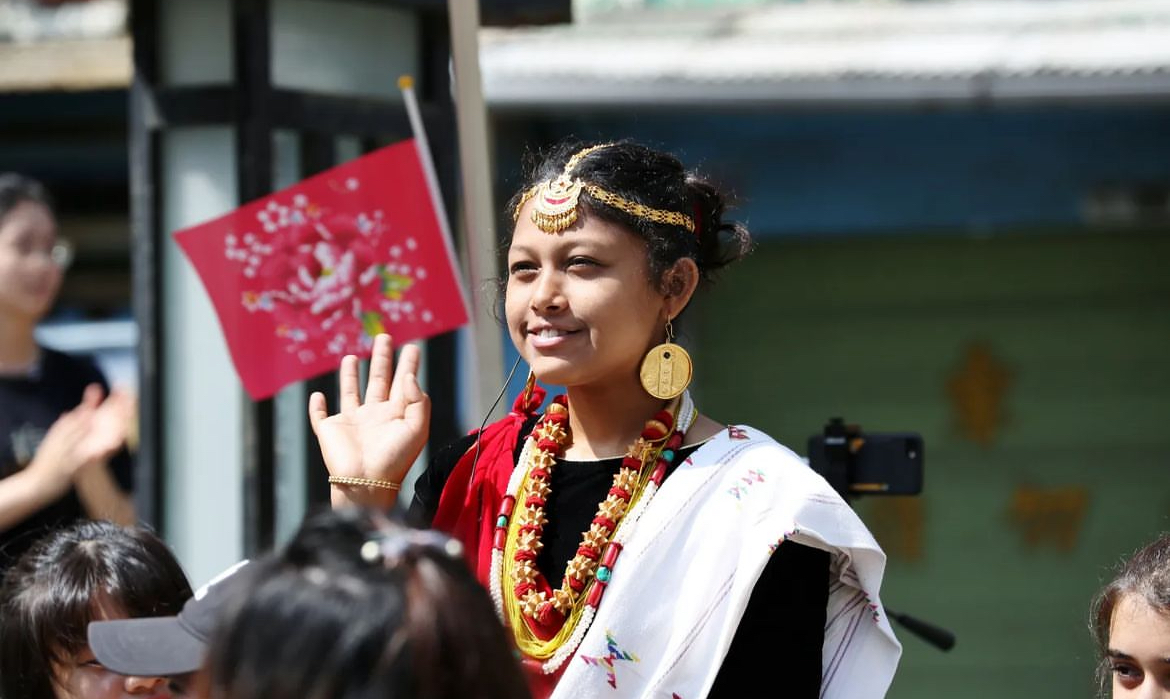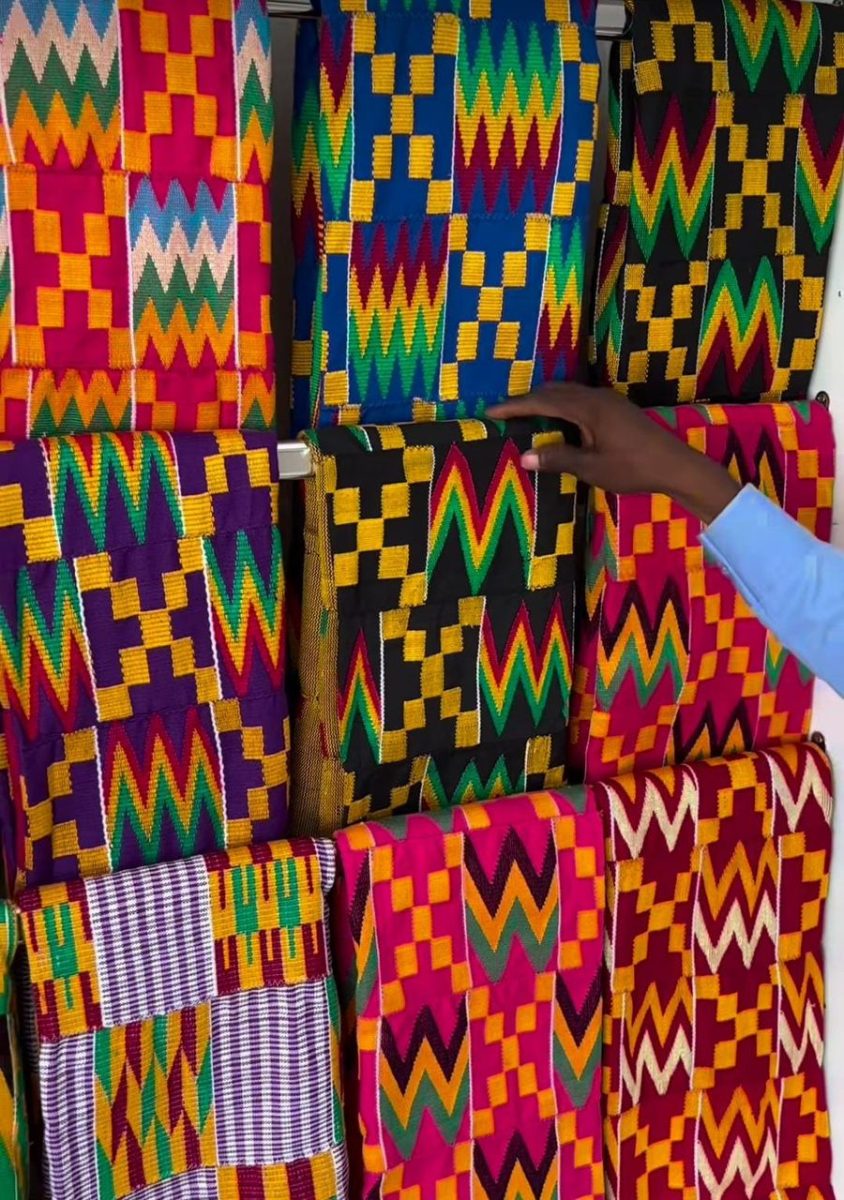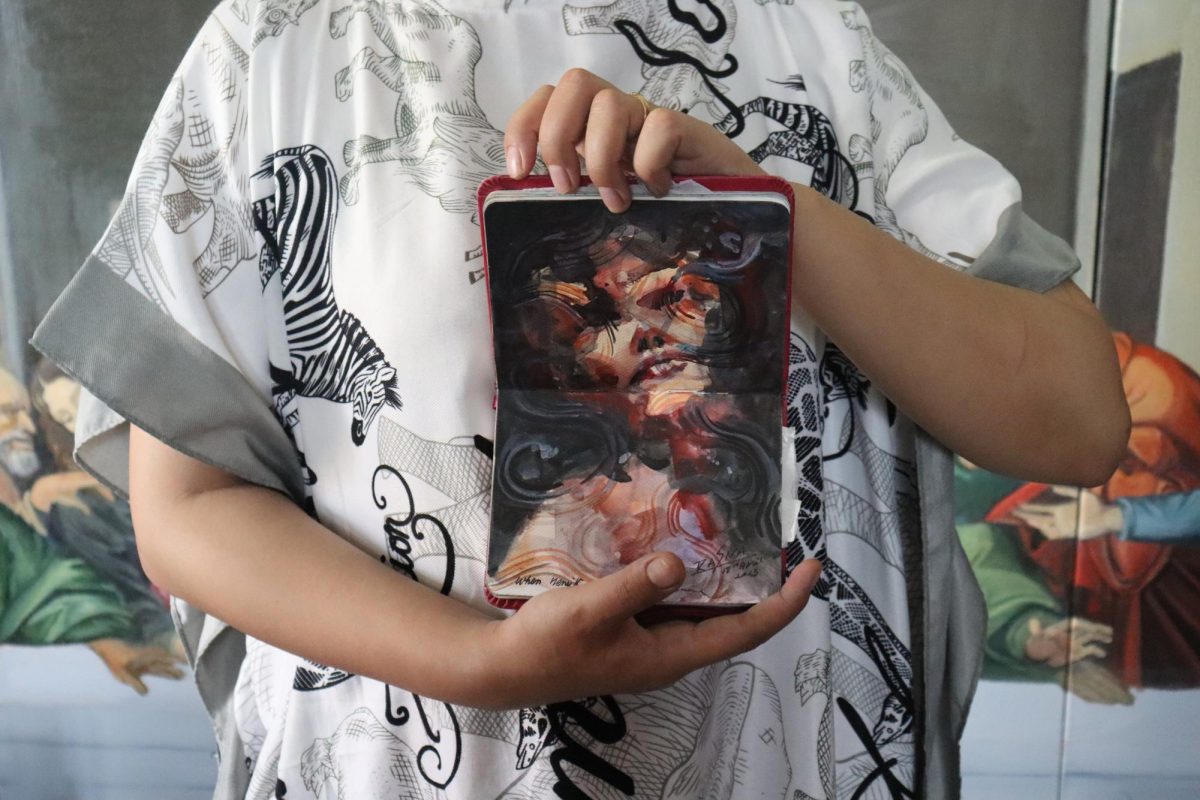I am a daughter born in the hope of a son.
This was the reality Asha B.K. accepted for most of her life.
Growing up in the Nawalpur district of Nepal, she was never treated as a daughter. She was dressed in boys’ clothes, forced to cut her hair short and even called “son” by her teachers at school.
That was until her little brother came along, the true son of the family. Suddenly, Asha was allowed to grow her hair out and wear feminine frocks. She was elated.
But with colorful dresses and long, flowing hair came the harsh realities of being a woman in Nepal. Asha was soon abused by her family, who wielded a new power over how she spoke and behaved, belittling her for not accomplishing as much as a boy would have at her young age.
“No matter how much I heard abuse or insults, I kept working hard,” Asha wrote in a personal essay.
When she was 16 years old, Asha was offered the opportunity to join the first cohort of the Girls’ Empowerment Program (GEP) run by Jagriti Child and Youth Concern Nepal (JCYCN), a non-profit NGO championing child rights in Nepal. After GEP, Asha’s life would never be the same.
She networked with local government officials, advocacy groups and met 45 other young girls with passion and a drive akin to hers. This first cohort of peer educators changed the fate of women in their communities, becoming teenage social mobilizers with their education in women’s rights and safety.
“We want to change the eyes of society — how they see a girl and a boy,” said Sudha Sunar, a 19-year-old business student from the first cohort.
And the girls have done just that. Since 2016, the program has introduced and trained over 80 teenage peer educators into Nepali communities, expanding girls’ educational opportunities, dispeling menstrual taboos and encouraging women to work outside of the home. Garnering the support of local representatives, the government now looks to these teen girls for help identifying and rectifying issues in their neighborhoods.
“If there is a problem in the community, they ask us for how we can help,” Asha said.
But making the initial changes in their homes is sometimes the most challenging of all. One ancient tradition, chhaupadi, banishes girls from the home while they are menstruating. While many families do not practice the extreme versions of this anymore, most girls are still severely restricted when on their period.
“We can’t touch our brother. We can’t go outside the home. We can’t go in the kitchen,” 15-year-old Yukita Tiwari explained. “But they inspire us and our families that this is not right.”
The peer education program provides the girls with the reproductive education necessary to dispel these traditional practices, and teaches them how to make supplies such as reusable pads.
These teens are also the ones on the frontlines combatting issues like child marriage, which affects 33% of girls under 18 in Nepal. Asha said she feels like a hero when she speaks to these girls, saving them from entering illegal unions that can end in trafficking, abuse or domestic violence.
“It’s easier for us to counsel them rather than the representatives,” Sunar added.
It is this peer connection that ultimately makes the program so successful. Sunar, like many other program members, said she swells with confidence and pride when she is able to teach other girls what she has learned to make a difference in their lives.
“We are sharing our knowledge with our sisters,” Asha said. “They can ask me or other peer educators how to tackle their problems.”
Now, as the girls help their communities and government, they receive support back. Teachers give equal opportunities to male and female students. Women’s sports are organized and funded in the district. Local representatives are supportive and receptive to concerns the girls raise.
“We asked for our rights and our budget, so they started to support the budget for us,” Sunar explained.

“[They are] coming from having no agency to being not just self-reliant, but a lot of them have families that are reliant on them right now,” said Shraddha Verma, one of the first facilitators of the program.
Verma acknowledged how restricting this can be for the girls at times, but the fact alone that families are recognizing a daughter as the core of a family is monumental. Despite setting the original expectations for the girls, Verma does not think she could have done the same at just 13 or 14 years old.
Verma herself was an orphan by the time she was 10, sent to live at a boarding school in Kathmandu and under guardianship of her aunt. But using the education she received, Verma landed jobs working in child protection, ultimately discovering her life’s calling. Aside from launching the peer educator program and working with JCYCN, she is also a consultant for an NGO that combats child trafficking and exploitation.
“It has been so rewarding,” Verma said. “I’ve never doubted the path I took in my life.”
Even with the success stories of women like Verma paving the way for women in Nepal, most girls are not championed the way peer mentors are. The GEP members themselves even continue to face discrimination and inequalities in their communities and at home despite all of their efforts.
“You girls are the exceptions,” Verma told them, tearing up. “You have been doing so much not even when it’s obligated, just because that’s now that’s a part of you. You feel like you need to teach the things you learned to others.”
With selection for the third cohort currently underway, 30 more young women will be joining the program. The girls complete three years of training and education, kicking off with five days of self defense training, five days of “training of trainers” — including literacy, teamwork and violence prevention — and two days dedicated to storytelling and photography.
But perhaps one of the greatest strengths these young women hold is the innate empathy they have for others. Despite the discrimination they face and limitations their own parents impose on them, the girls have compassion and understanding for their traditionally-raised families.
“They didn’t get this education,” Asha said. “It’s not their fault.”
Going against age-old beliefs is not easy for many parents, so the new information the teen daughters bring home is not always easily accepted.
“At first, it’s so difficult to teach our parents. They don’t believe us,” Tiwari, a member of the second GEP cohort, said. “But now they say you are right, you changed our lives. They are so proud.”

The girls’ home base is what they call “Her Place.” Right now, the large, two-story brick building has little more than spacious concrete rooms, expansive windows for light and some plastic chairs. It is functional with a bathroom and limited electricity, but the girls still treat it as their sanctuary.
“We asked for a book and they gave us a library,” Sunar said, eyes glittering with excitement.

The gratitude of the girls is evident in the way they praise the program and their peers. They excitedly share one another’s achievements — since most are too humble to do so themselves — and refer to each other as their “sisters.”
The program has changed these girls’ lives, with their unbounding confidence and progressive lifestyles serving as a testament of their courage to make a difference.
“I feel so proud of myself,” Tiwari said. “I made a change in my house, and I will surely make change in my society. I believe in myself that I can do it.”
And one of the program’s greatest success stories is none other than Asha herself. In 2019, only a year after joining GEP, Asha won the Asian Girls Community Development award for Nepal, proudly putting her nation’s name on an international stage. In 2020, her team at the Asian Girls Power Camp won the Social Innovation Award for their concept of Safe Buddy, an app that will serve as a universal platform to prevent sexual harassment with a map to anonymously report attacks and provide fast access to hotline resources.

Now, at 22 years old, Asha. is still seizing global opportunities, recently accepted into a 14-week leadership program at Harvard University’s Aspire Institute and working full time for JCYCN.
Her parents could not be more proud of the daughter that she is today.







